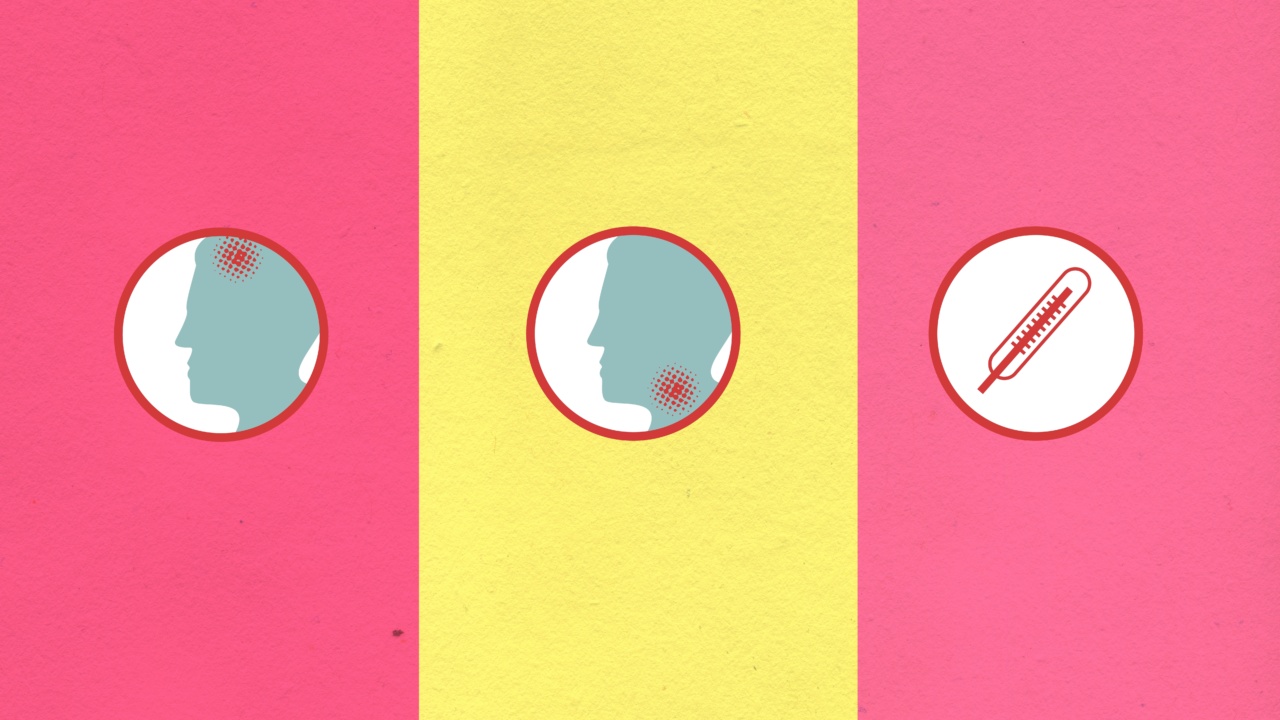Hernias are a medical condition that can be both painful and alarming. They occur when an organ or tissue pushes through a weak spot in the surrounding muscle or connective tissue.
Common types of hernias include inguinal hernias, hiatal hernias, and umbilical hernias.
What Causes Hernias?
Hernias can be caused by a variety of factors, including:.
1. Weak Muscles
Muscle weakness can be an inherited condition or can occur due to aging, injury, or surgery. Weak muscles don’t provide enough support for the organs and can result in hernias.
2. Chronic Constipation
People who regularly strain during bowel movements due to chronic constipation are at a higher risk of developing a hernia. The constant pressure on the abdomen can weaken the muscles and increase the likelihood of a hernia.
3. Pregnancy
Pregnancy puts extra pressure on the abdomen, which can weaken the muscles and contribute to the formation of a hernia. Pregnant women are particularly vulnerable to developing umbilical and inguinal hernias.
4. Heavy Lifting
Engaging in heavy lifting or improperly lifting heavy objects can strain the muscles and create a weak spot where a hernia can form. People in occupations that require heavy lifting are at a higher risk of developing hernias.
5. Obesity
Excess weight puts additional strain on the muscles and can increase the likelihood of developing a hernia. Obese individuals are more susceptible to hernias, especially in the abdominal area.
Common Symptoms of Hernias
Hernias can cause a range of symptoms, depending on the type and severity of the hernia. Some common symptoms include:.
1. Bulge or Lump
A noticeable bulge or lump may appear under the skin in the affected area. This bulge may become more prominent when standing, coughing, or straining.
2. Pain or Discomfort
Hernias can cause pain or discomfort, especially when the affected area is under strain. This pain may be sharp or dull and can worsen with physical activity or lifting heavy objects.
3. Weakness or Pressure
Some individuals with hernias may experience a feeling of weakness or pressure in the affected area. This sensation may become more apparent after standing for long periods.
4. Acid Reflux
In the case of hiatal hernias, where the stomach pushes through the diaphragm into the chest cavity, acid reflux can occur. This can lead to heartburn, chest pain, and difficulty swallowing.
5. Nausea or Vomiting
In severe cases of hernias, where the blood supply to the organ or tissue is disrupted, individuals may experience nausea, vomiting, and a rapid heart rate. This is considered a medical emergency and requires immediate attention.
Treatment Options for Hernias
Treatment for hernias typically involves surgery to repair the weakened muscle or tissue and push the herniated organ or tissue back into its proper place. Some common treatment options include:.
1. Hernioplasty
Hernioplasty is a surgical procedure in which a mesh patch is used to reinforce the weakened muscle or tissue. This mesh acts as a support structure and helps prevent the hernia from recurring.
2. Herniorrhaphy
Herniorrhaphy involves suturing the weakened muscle or tissue to repair the hernia. This procedure may also involve using a mesh for added support.
3. Laparoscopic Surgery
Laparoscopic surgery is a minimally invasive procedure that involves making small incisions and using specialized instruments and a camera to repair the hernia. This technique allows for faster recovery and less scarring.
4. Lifestyle Changes
In some cases, minor hernias may not require immediate surgery.
Lifestyle changes such as avoiding heavy lifting, maintaining a healthy weight, and treating underlying conditions like chronic constipation can help manage the hernia symptoms and prevent it from worsening.
Preventing Hernias
While not all hernias can be prevented, there are steps individuals can take to reduce their risk. Some preventative measures include:.
1. Regular Exercise
Strengthening the core muscles through regular exercise can help support the abdominal wall and reduce the risk of hernias.
2. Proper Lifting Techniques
Using proper lifting techniques, such as bending the knees and using the leg muscles instead of the back, can minimize the strain on the abdominal muscles.
3. Managing Chronic Constipation
Preventing chronic constipation by consuming a high-fiber diet, staying hydrated, and exercising regularly can reduce the risk of hernias.
4. Maintaining a Healthy Weight
Keeping a healthy weight reduces the strain on the abdominal muscles and decreases the likelihood of developing a hernia.
Conclusion
While hernias can be alarming and cause discomfort, they are a treatable condition. Understanding the risk factors and symptoms can help individuals seek timely medical attention and prevent complications.
By adopting a healthy lifestyle and taking preventative measures, the risk of developing hernias can be significantly reduced.





























